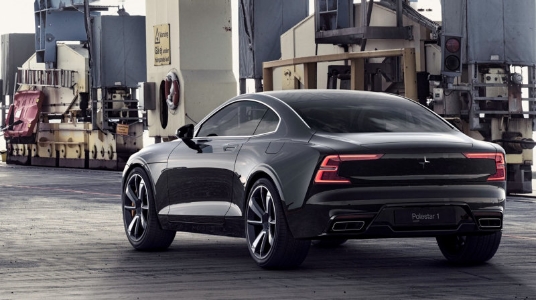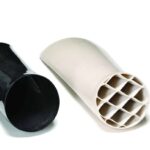Last October, Volvo announced that it plans to build 500 units of the Polestar 1 a year over three years on one shift at its new factory in Chengdu, Sichuan province, China. Since then, more than 5,000 people have said they are interested in the chance to purchase the Polestar 1. “We are looking at whether we could do a higher volume than 500 units a year. We are checking that out,” Polestar CEO Thomas Ingenlath told Automotive News Europe. “I think there is potential to go to two shifts.” However, it would be a while before Polestar decides on the potential expansion. The Chengdu plant won’t be completed until the middle of this year. It will take until mid-2019 for the Polestar 1 to start rolling off the production line. What makes the car challenging is that it will be Volvo’s first model with a carbon fiber body. “We have a great deal of respect for the challenge we face as we bring our carbon fiber production into reality,” Ingenlath said, adding that he expects it will take time for his team to feel confident with the new process. “It will be a rather slow start, but it is needed for this complicated product.”











